The Gentle Giants of Kruger National Park: Tracing Their Legacy and Conservation Status
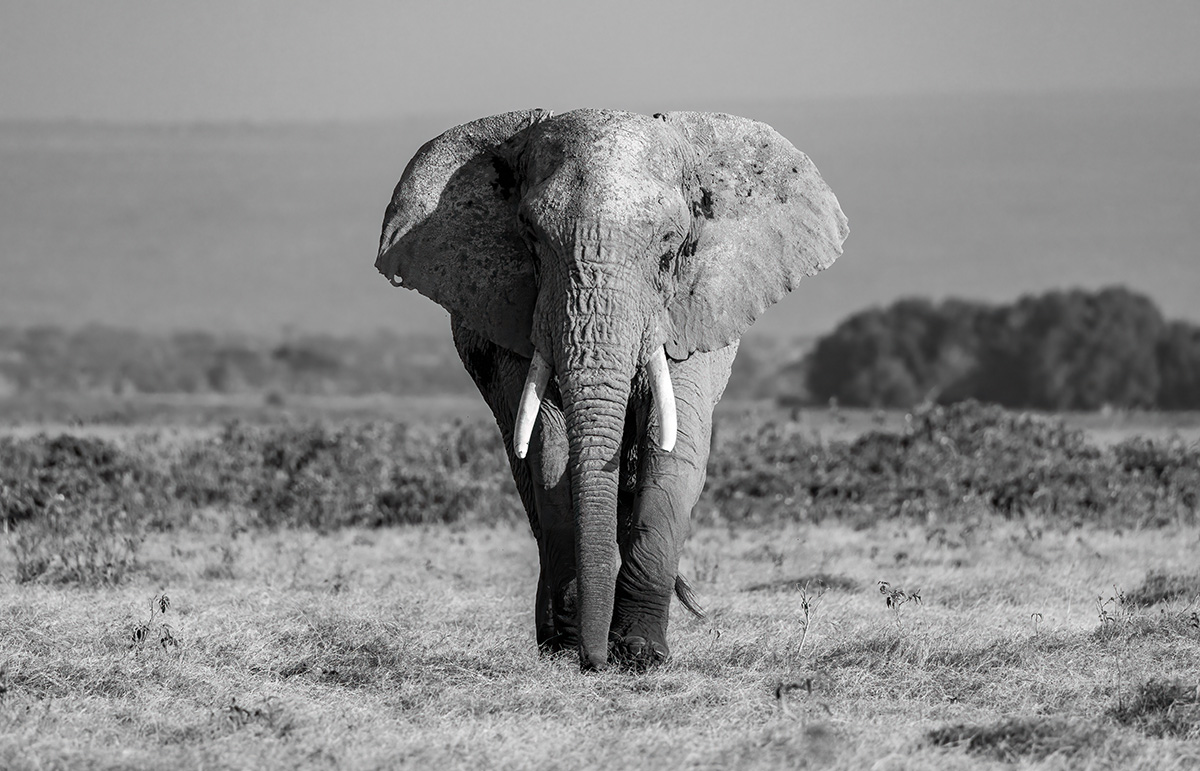
Greetings, intrepid travelers and nature aficionados!
A Glimpse into the Past: Kruger’s Elephants and the San Bushmen
Dated between 7000 BC and 300 AD, the San bushmen marked their existence in the Kruger region with intricate rock art. Elephants, being majestic and awe-inspiring, naturally found their way into the San paintings. However, a fascinating detail is that out of the 109 rock art sites within Kruger, only three depict these magnificent creatures. This scarcity hints at the rarity of elephants in the region during those times. Further supporting this theory is the notable absence of ivory in archaeological excavations, and studies of the ancient, long-living baobab trees which suggest that elephant populations in pre-European Kruger were quite sparse.
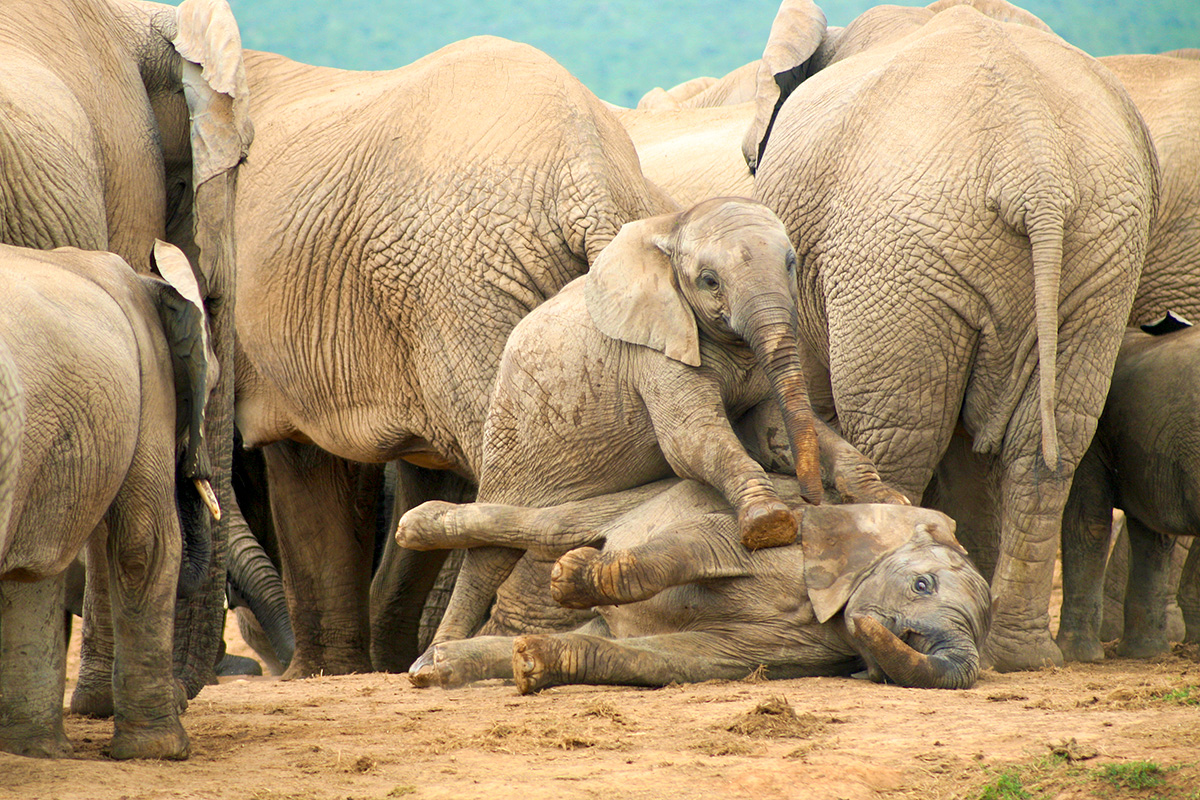
The tales of European hunters are abundant, but interestingly, elephants weren’t their primary game. If there were any elephants present upon the European settlers' arrival, it is believed that they might have been hunted to extinction between 1880 and 1896.
From Extinction to Revival: The Return of Elephants to Kruger
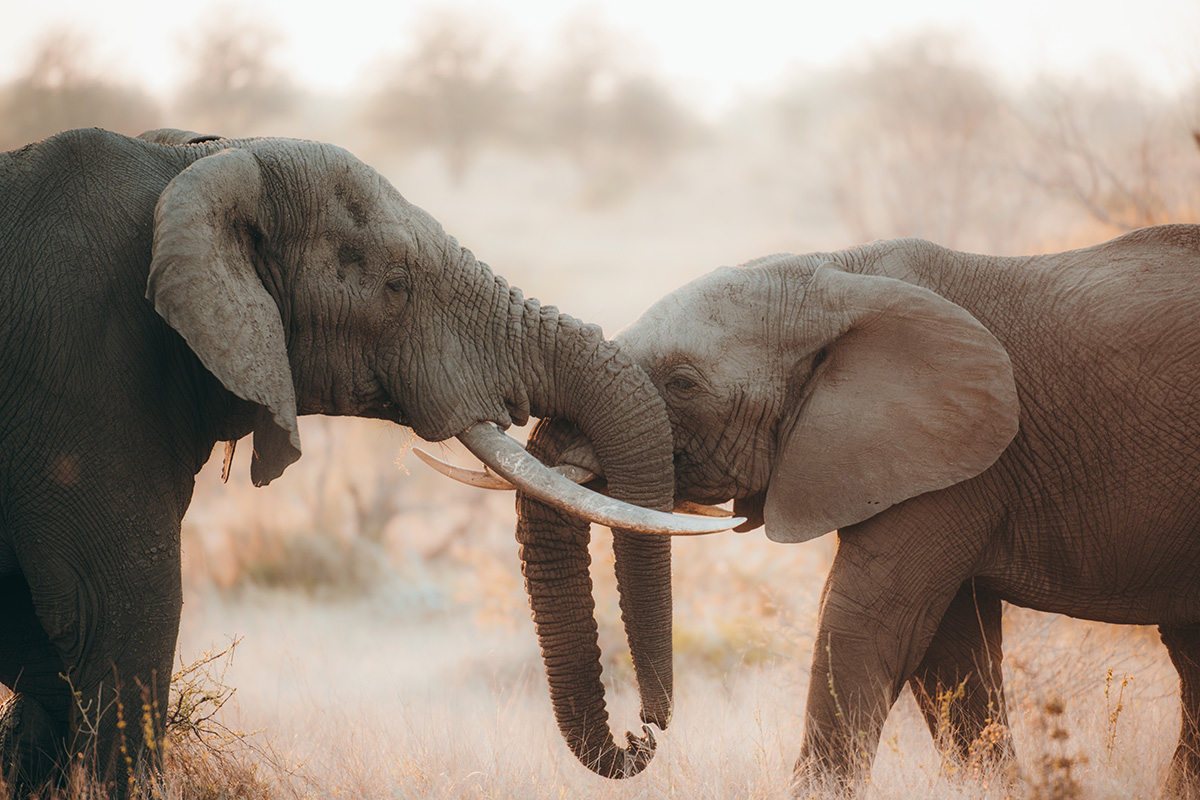
The narrative took a turn when the Sabi Game Reserve, which now forms a part of the Kruger National Park, was inaugurated in 1898. The initial reports by the warden revealed no sightings of elephants. However, by 1905, elephants were spotted near where the Letaba and Olifants rivers converge. With no fencing around the reserve at that time, it’s plausible that these elephants journeyed from neighboring Mozambique. Finding a sanctuary free from hunters and devoid of major predators, their numbers began to surge.
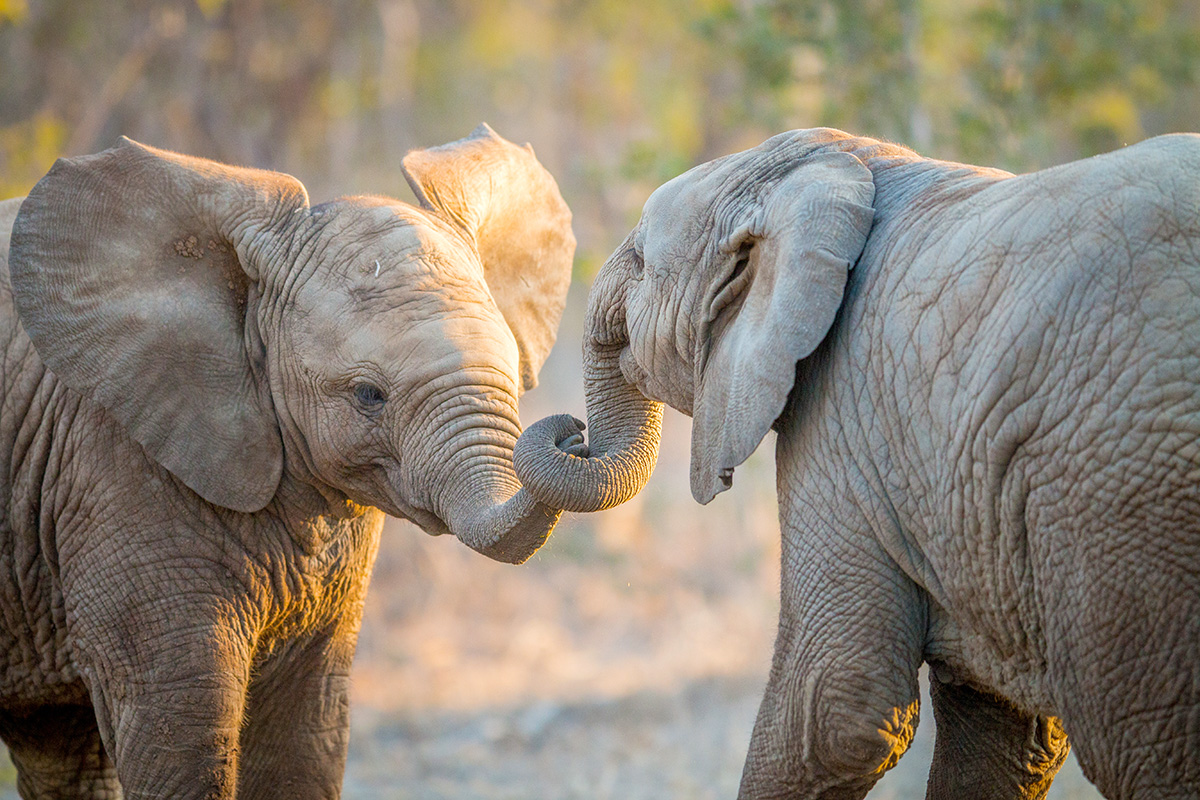
Conservation Today: Paving the Path Forward
Today, the African Elephant stands as a testament to Kruger's conservation success. However, their history and resurgence underscore the necessity for ongoing protection and sustainable management. Kruger National Park is actively collaborating with stakeholders to shape its future elephant management strategy, ensuring that these gentle giants continue to thrive and inspire generations to come.
Your Role in Their Story
Being a part of our Marloth Park community and venturing on our safaris, you contribute to the elephants' conservation narrative. Your presence and patronage fuel efforts to keep the legacy of Kruger\’s elephants alive. Let's cherish their past, celebrate their present, and commit to a future where they roam free and protected.
May your Kruger journey be filled with moments of wonder and countless elephant encounters!
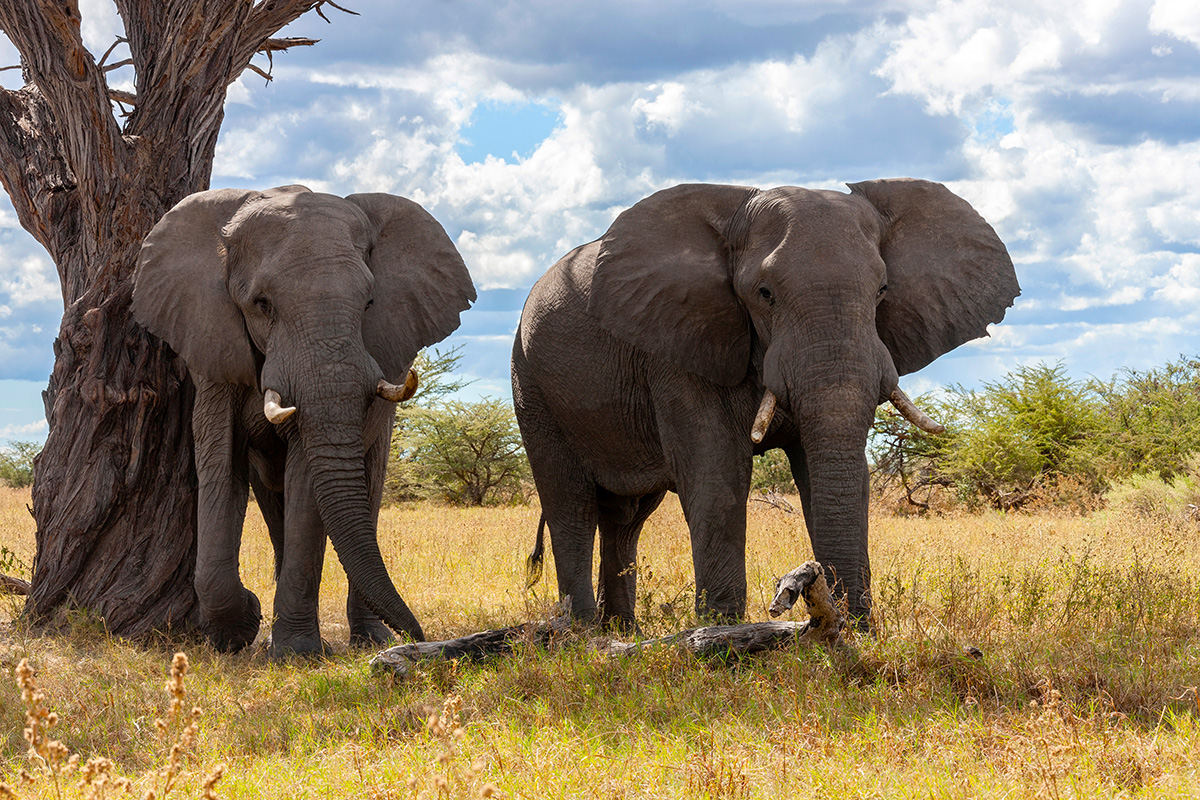
Frequently Asked Questions about the Elephant
- Do elephants have good memories?
- How much does an African Elephant weigh?
- Why do African Elephants have wrinkles?
- How do Elephants Communicate?
- How many muscles does an elephant trunk have?
- Do elephants have a dominant tusk?
- How do elephants use their tusks?
- Can elephant tusks grow back?
- How often do elephants give birth?
- What are some fun facts about Elephants?





